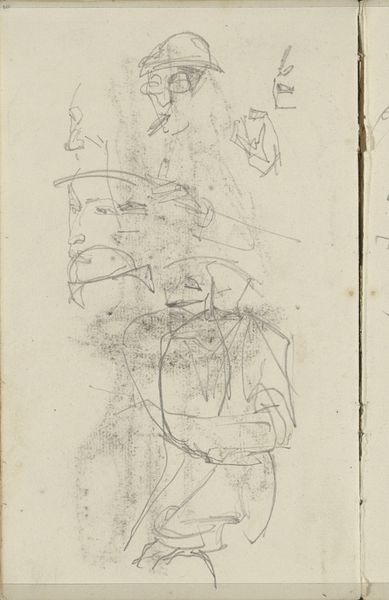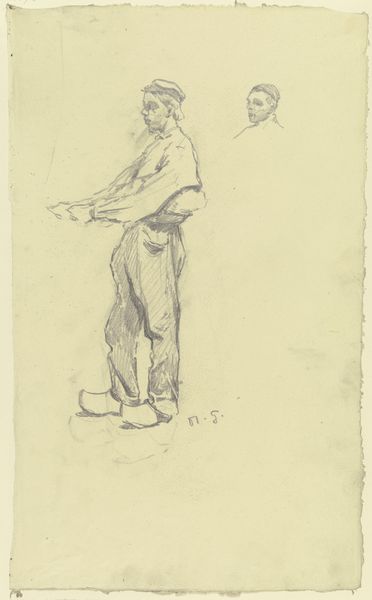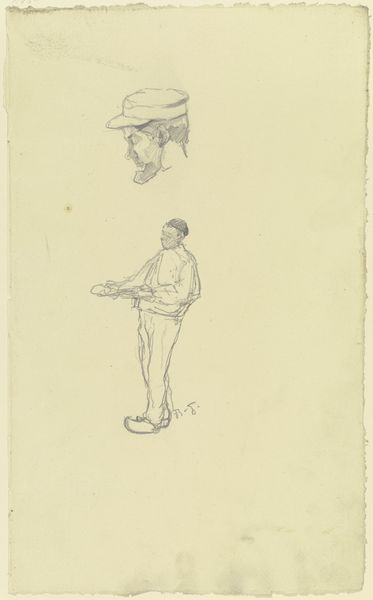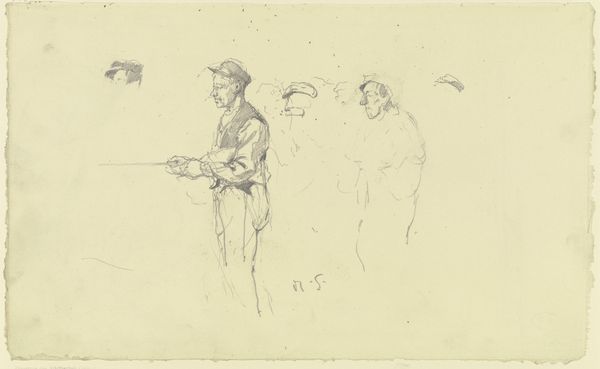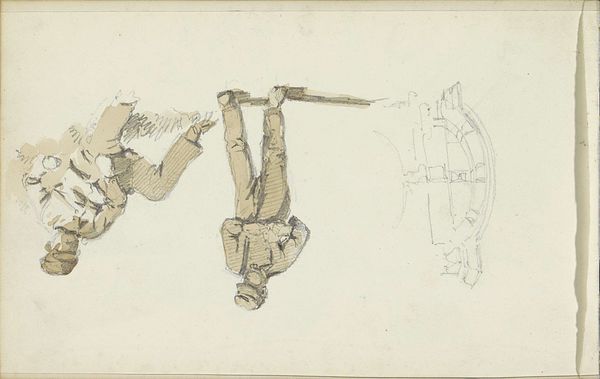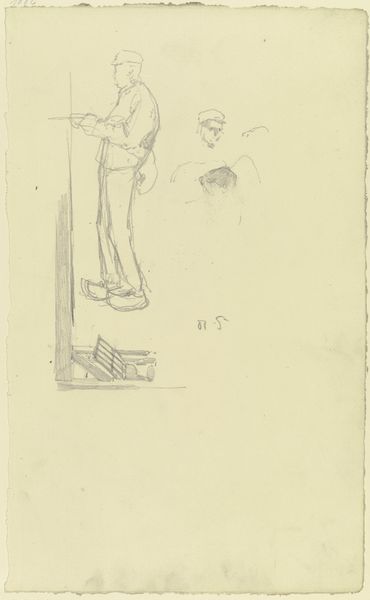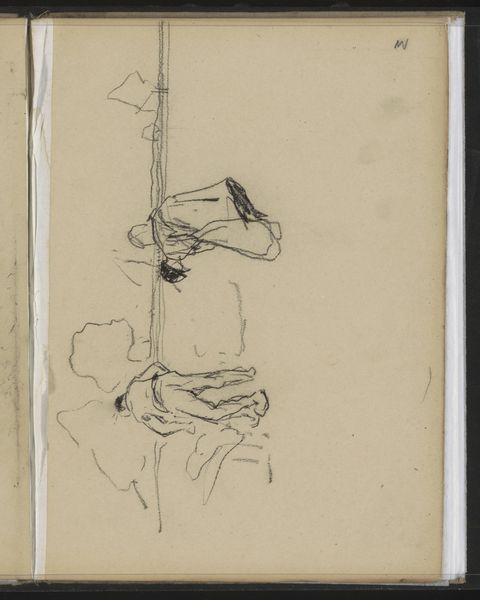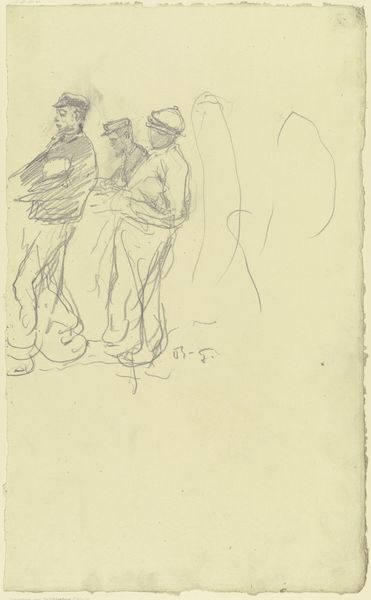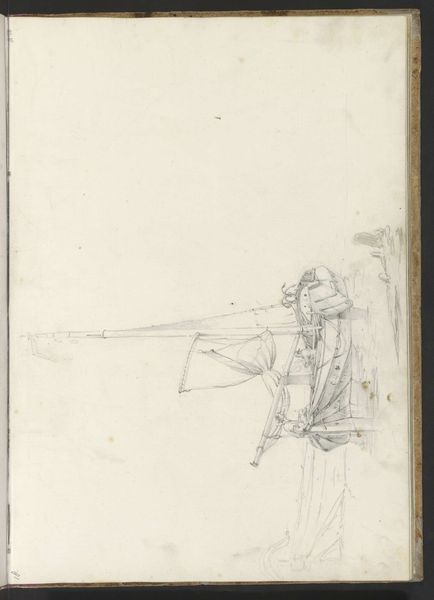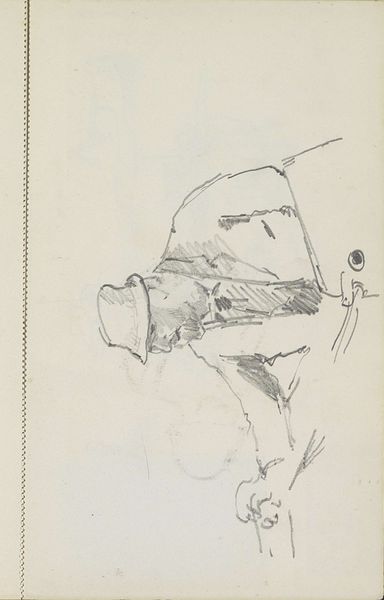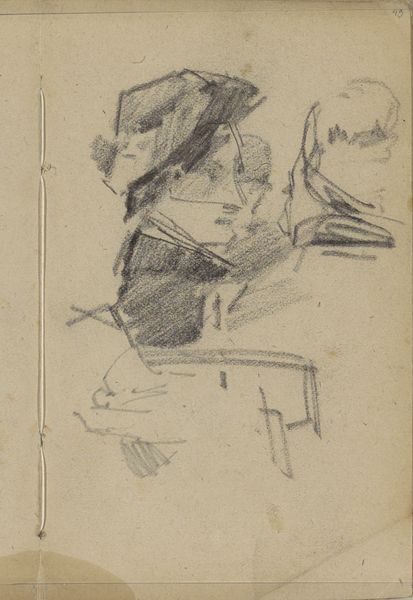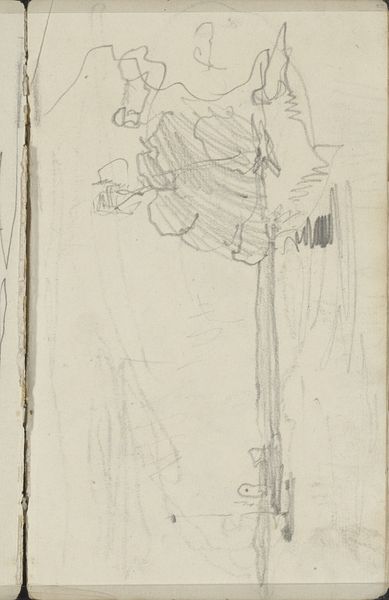
Köpfe und Hände der Arbeiter aus der _Großen Spinnerei von Edam_ c. 1894
0:00
0:00
drawing, pencil
#
portrait
#
drawing
#
pencil
#
realism
Copyright: Public Domain
Editor: This drawing, “Köpfe und Hände der Arbeiter aus der Grossen Spinnerei von Edam,” or “Heads and Hands of Workers from the Great Edam Spinning Mill,” was created around 1894 by Rudolf Gudden. It's a pencil drawing depicting sketches of laborers. The repetition of the hands is really striking. What stands out to you most about this work? Curator: What I find particularly compelling is the explicit focus on the ‘hands’ and ‘heads’ of these workers. It forces us to confront the labor involved in industrial production. The pencil medium itself is key here. It's immediate, accessible, almost like a raw document of observation. Consider how this contrasts with, say, an oil painting portraying industrialists. The choice of pencil humanizes these laborers. Editor: I see what you mean. Using pencil emphasizes the labor that is being depicted, and challenges the glorification usually linked with more traditional and valued media such as oil on canvas. How does that reading change your perspective? Curator: Precisely. It suggests that Gudden was deeply aware of the material conditions of artmaking. Pencil is cheap, functional, aligned with the everyday lives of the working class, who probably would have no means to access fine arts training and traditional mediums like oil paint. What's fascinating to consider is, were these drawings preparations for a larger work? Was this an exercise of observing poses and expressions or sketches to explore how these workers engaged physically within the textile factory? Editor: That makes me think about the finished versus unfinished quality. If these were for a later work, then perhaps Gudden viewed this more as functional to begin with. The contrast makes me see how the chosen materials and even its unfinished nature elevates the status of these anonymous laborers. Curator: Exactly. We start considering drawing not as preliminary, but as a crucial site where artistic and social concerns merge, challenging what we value in art. It makes us wonder: where were the voices and artistic explorations of the labourers themselves, considering the vast history of textile manufacture across the West? Editor: That’s such a good point. I never really thought of it that way before. Thank you for pointing that out!
Comments
No comments
Be the first to comment and join the conversation on the ultimate creative platform.
